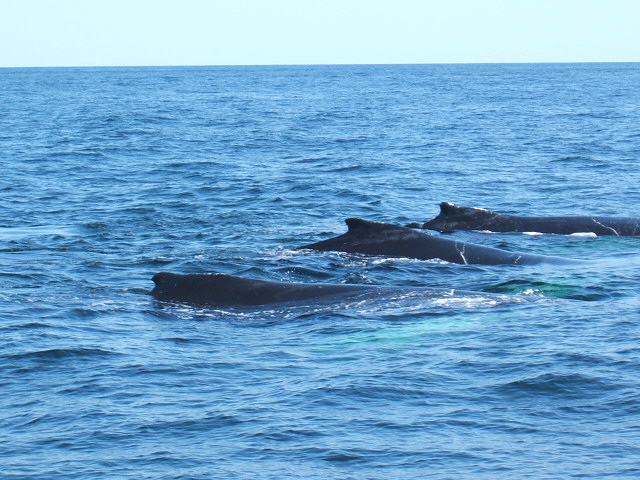KidZone Animals
Whales: Sleep

Photographer: Krissa Corbett Cavouras; used with permission under CC BY-NC-ND 2.0
As most of us have probably wondered, do whales sleep? And if so, how?
Though sometimes we take this for granted, we must remember that, though mammals, whales are not like us! They do not need sleep the way we need sleep - it simply does not make sense within their oceanic environments.
Whales sleep in small, rapid segments. For example, sperm whales have been observed suspending themselves vertically in the water and sleeping for short periods, usually around 10-15 minutes at a time. This allows them to rest while still being able to surface for air. It is about as neat as it looks!
Other species, like dolphins and some whales, have a special way of sleeping called unihemispheric slow-wave sleep (USWS). This means that one half of their brain stays awake while the other half rests. This amazing ability allows them to continue swimming slowly, stay partially aware of their surroundings, and come up for air when needed. Imagine being able to rest one half of your brain while the other half keeps you moving and breathing!
Whales have adapted to their environment in such fascinating ways. Their sleep patterns ensure they get the rest they need while staying safe and ready to surface for a breath at any moment. Next time you see a whale, remember that even these giants need a bit of shut-eye, just like us, but in a way that suits their underwater world.